In 2011 I built a Mayfly 14 as designed by Jim Michalak. He recommended “that my customers sew their own sails either from common polytarp…or real Dacron sailcloth. I can do it and so can you.” So, I made a polytarp 76-sq-ft balance lugsail from the Mayfly plans. I sailed with it in the 2011 Texas 200 where it quickly started coming apart due to my terrible workmanship. After the 2011 event, a friend sent me a Mayfly 14 sail that he had made of Dacron sailcloth, which was a vast improvement, but five 200s and many other cruises in high winds took their toll on that homemade sail. I turned to Michael Storer, a well-known small-boat designer with expertise in balance lug rigs, for advice. As luck would have it, he had recently opened a sail loft called Really Simple Sails, which specializes in sails for small boats, especially lugsails. I decided to order the sail from RSS.
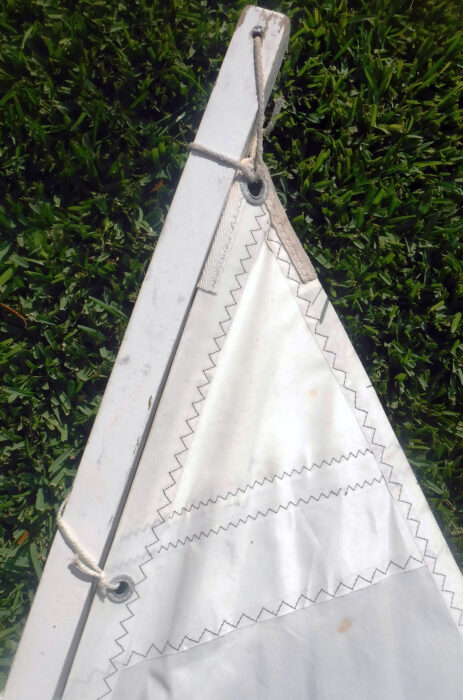 Chuck Pierce
Chuck PierceThe RSS lugsail combines time-honored reinforcing including leathered corners and stitched corner patches, with modern 4-oz sail cloth. The corner grommets are pressed stainless steel with plastic inserts.
I had some specific requirements for my sail. Given the high winds that are routine on the Texas coast, I wanted sailcloth that was heavier than normal for a sail of this size. I requested three reefs, with the third reef essentially making the sail a lateen. The cringles for the third reef needed to be angled up as they went aft so that the boom would not droop when the sail was fully reefed. The sail was to be loose-footed for draft control and, lastly, I asked for a heavily reinforced tack to accommodate the loads from the downhaul. Michael had me measure the amount of bend in the yard and boom under moderate downhaul pressure, and I sent him drawings of how those were built so that he could factor the curve of the spars into the sail design.
The sail arrived in May 2018. The build quality was excellent. RSS had used 4-oz cloth, and the three laser-cut panels that made up the sail had a single row of triple-stitch zigzag stitching that was straight and consistent, with uniform panel overlap. The tack, clew, throat, and peak were all reinforced with patches on one side, as were the reefpoints and reef cringles on the luff and leech. Grommets for the corners and primary reef grommets were pressed stainless steel with plastic inserts. The reefpoints were conventional nickel-plated brass spur grommets. Around the sail perimeter there was 2″ Dacron tape folded in half and stitched.
 Chuck Pierce
Chuck PierceThe reef cringles are heavily reinforced as befits parts of the sail that will become the heavy-lifters in strong winds.
I used the sail for the first time when I entered the 2018 Texas 200. On the first day of the event, I played with the set of the sail and discovered that it liked to be a little farther forward than the old sail, so I moved the halyard attachment point on the yard aft about 4″. The sail performed quite a bit better than the homemade sail, powering my Mayfly 14, GAMARAY, up to a degree that I had not experienced in seven years of sailing her. Downwind she was a bit faster, and by afternoon the winds were high enough that she would occasionally plane in gusts, which had never happened with the old sail. By the afternoon of the first day, winds hit 30 mph (according to the NOAA weather station I was monitoring) so I pulled ashore at the turn into the Mansfield Cut and put the third reef in. I then tacked up the channel for about 6 miles to the camp. Out of the 13 boats that made it to the camp, there were only three others that sailed up as opposed to motoring. The lugsail did a great job on all points of sail, even to windward, whether under full sail or reefed.
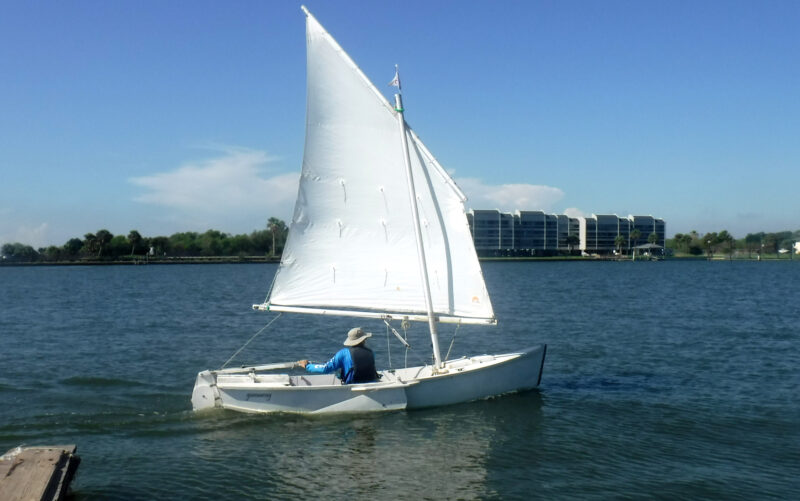 Kathy Pierce
Kathy PierceThe author shows off his well-set RSS balance-lugsail. When he used it for the first time in the 2018 Texas 200, the winds rose to about 30 mph. He pulled ashore, put in the third reef and sailed upwind for 6 miles.
Over the past five years, I have used the RSS sail on my Mayfly 14 for four Texas 200s and on a Michael Storer 16′ Quick Canoe trimaran for this year’s 200. I’ve also used it on my 8′ David Routh Puddle Duck Racer. Once it was positioned correctly in relation to each boat’s center of lateral resistance, the sail performed well on all three.
My custom-built lugsail has been a rugged workhorse and RSS decided to make it a standard offering—the Mayfly 14 Pierce Expedition—and has sold it for use on a variety of small boats. It works very well when set up properly; balance lugs are easy to deal with, even for a singlehander.
The balance lug is not the only type of sail made by RSS. They can design and build sails for any small boat. The quality of workmanship is very good, sail shape is excellent, and although mine has been heavily used over the past five years, the RSS materials and workmanship have held up quite well.![]()
Chuck Pierce is retired and lives in Beaumont, Texas, with his wife Kathy and Stella the Crazy Dog. He plays music, repairs and restores old analog synthesizers, brews beer, and builds stuff, including several small plywood boats. He goes on as many sailing and paddling trips as he can.
Really Simple Sails offers stock sails direct and through Duckworks. RSS also makes custom sails upon request. The Mayfly 14 Pierce Expedition sail, custom-built for the author, is now a stock sail. It sells for $456 in white, $475 in tanbark.
Is there a product that might be useful for boatbuilding, cruising, or shore-side camping that you’d like us to review? Please email your suggestions.
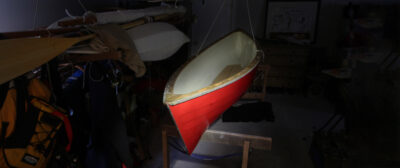
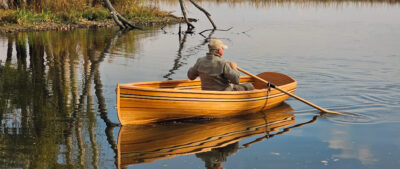
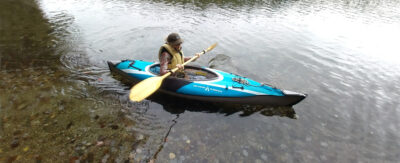
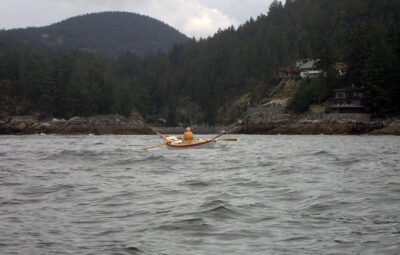
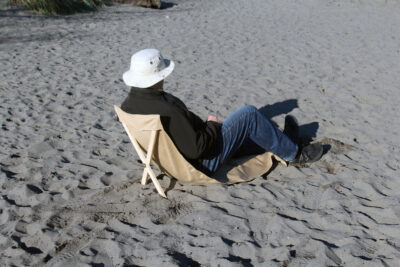
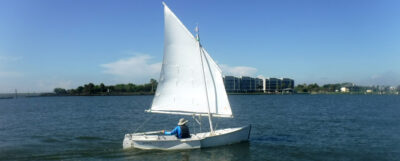
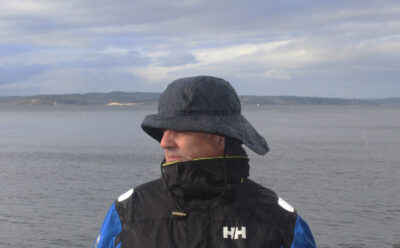
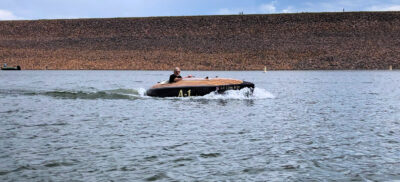
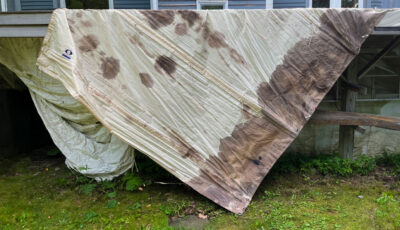
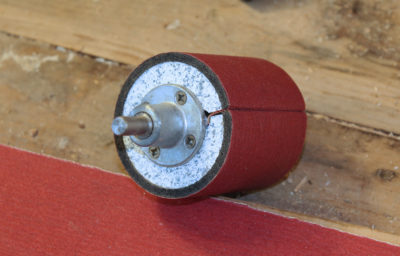
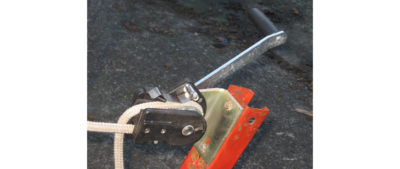
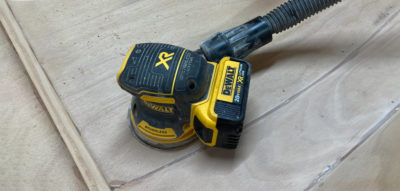
Of course I am biased – but nice article Chuck. I think it understates the depth of your various adventures in the Texas 200 and other sailing – but I can’t complain!